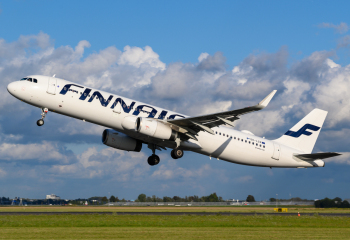Passengers flying on Finnair from its Helsinki (HEL) hub may be weighed before boarding their flight in February, April, and May. The procedure is voluntary, meaning passengers can opt-out if they feel uncomfortable sharing their weight.
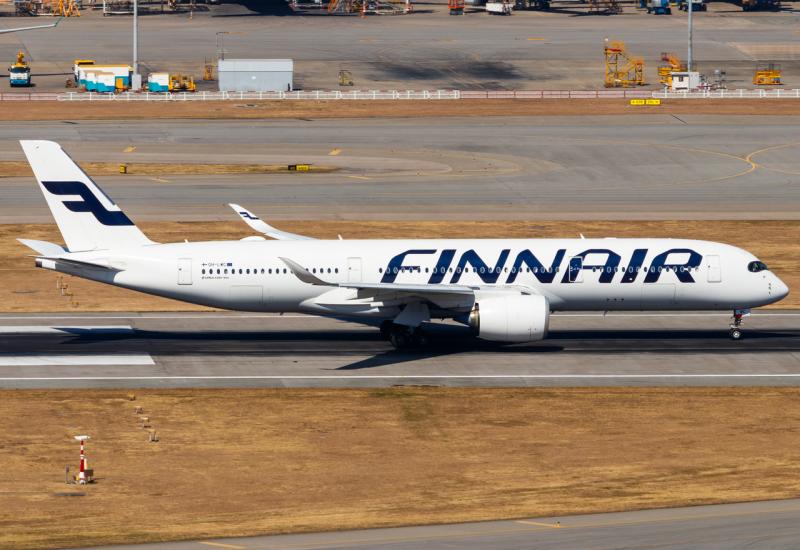
Reasons for Weighing Passengers
The procedure is completely for data collection purposes to create a better calculatory system for balancing weight across an aircraft in the future. Aircraft are set on an optimization of maximum weight that can be carried safely. An aircraft's essential items include fuel, baggage, cargo, catering, water tanks, and passengers.
While the weight of the operated categories is known, the weight of the passengers and the carry-on baggage naturally tends to differ between flights. The data for the average weight of those two should be confirmed by the Civil Aviation Authority (CAA). The airlines may use their own calculations or the weights defined by the European Aviation Safety Authority (EASA).
Finnair previously recorded measurements in 2017 and 2018. Rules require data to be updated every five years, meaning now is time to collect new data.
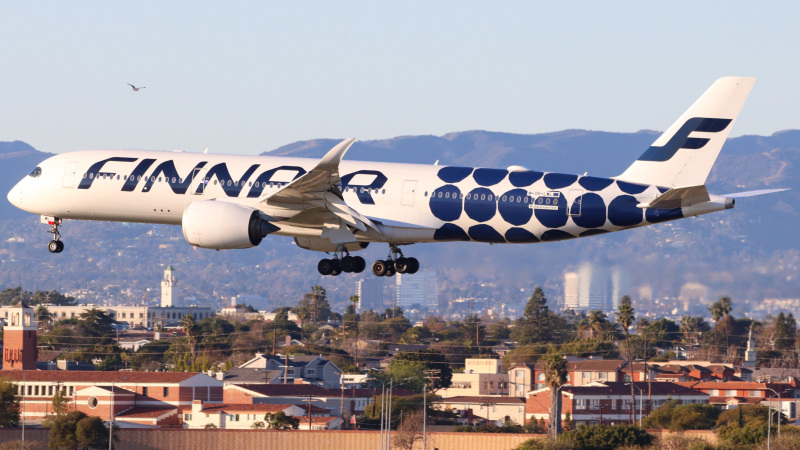
Personal Data
Satu Munnuka, Head of Ground Processes at Finnair, said data collection is not meant to reveal extra information about passengers. The airline only records a customer's weight and background information without collecting their name or booking number. The data collected includes the total weight of the customer and carry-on baggage, the age of the customer, gender, and the class they are flying in. Only the customer service agent can see the weight, with all information about a passenger's identity being kept secret.
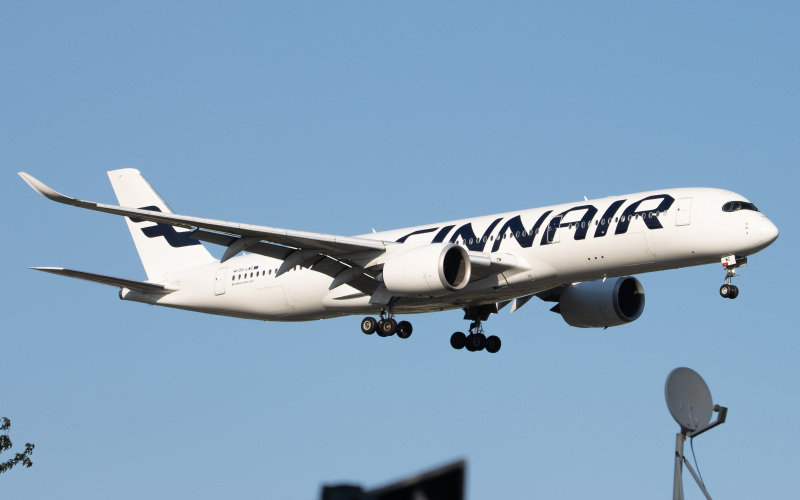
Who Will Be Weighed?
All passengers will be voluntarily involved in data collection. This procedure has been done before by the company for all flight classes. The volunteered customers will be weighed with their carry-on pieces of luggage. The luggage is weighed to calculate and ensure safe and appropriate center of gravity parameters, as well as contributing to the overall fuel calculations. Raw weights will help in calculating fuel burn, but proper placement of baggage in each compartment plays a vital role in ensuring aircraft stability.
These calculations are predicted to be used up to 2030. Even though it is still being determined which flights will utilize this procedure, Finnair has stated that it will change between short-haul and long-haul flights while the survey takes place.
Munnuka also said about the survey:
"In the previous measurements five years ago, a good number of volunteers wanted to participate in the weighing, and we hope to have a good sample of volunteers, both business and leisure travellers, also this time, so that we can get the most accurate information possible for important balance calculations."
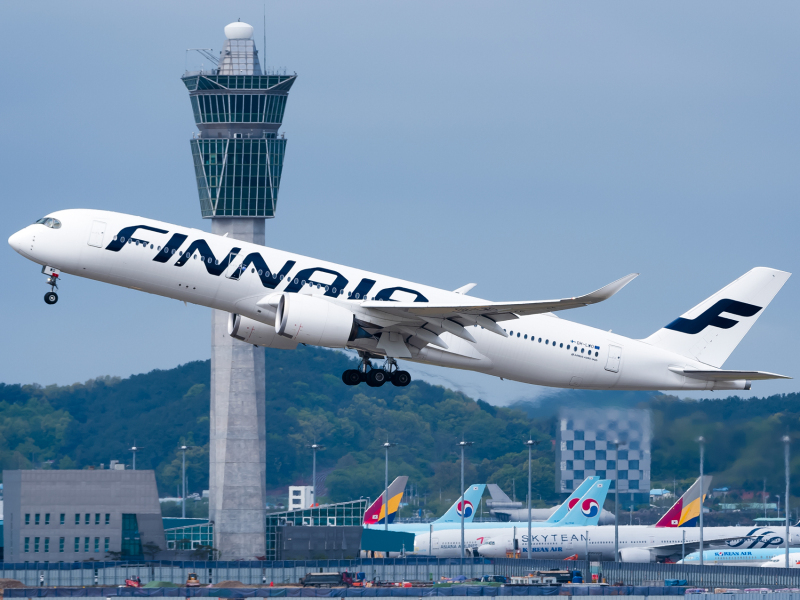
Possible Outcomes
Even though the procedure ensures enough specific data for Finnair, some possibilities could still change the calculation process. Passengers with lighter weights and luggage may join the survey as volunteers, while passengers with overweight luggage may avoid the procedure.
For example, Hawaiian Airlines previously realized that the fuel burn increased on flights between Honolulu and Pago Pago. The airline believed that the weight assumptions were inaccurate, making them utilize a survey for the length of six months to understand a specific weight average better. Every flight could be expected to have a different average since the average weight of the customers changes between cities and countries.
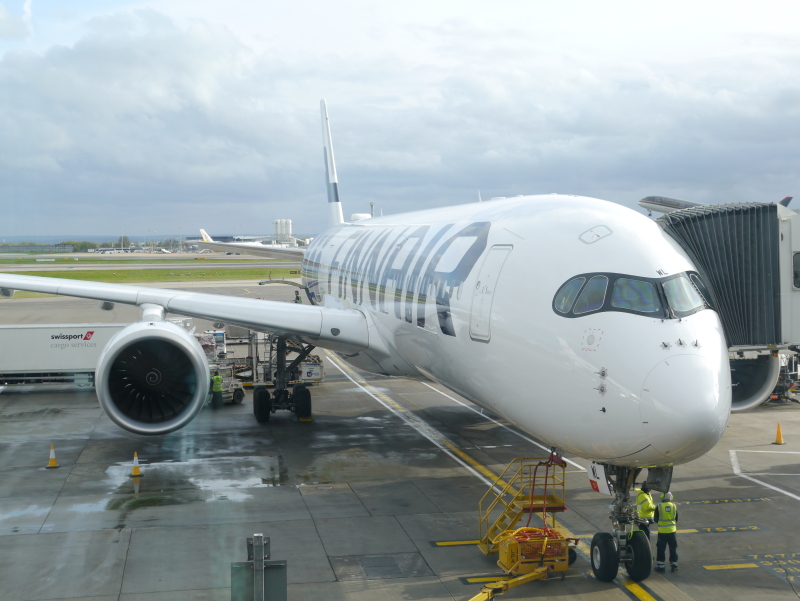
Other Surveys
Finnair is one of many airlines to weigh passengers in recent months. For operational reasons, Asiana Airlines, Korean Air, and Air New Zealand have weighed their flyers. Although Qantas occasionally weighs carry-on luggage, they do not weigh their passengers. The only exception is for flights to Lord Howe Island since the airport's runway is measured to be only 886 meters (2,907 feet) long. A longer runway is required for heavier aircraft to take off safely. The airline uses Dash-8s for this flight and weighs passengers for calculations if there are over 27 passengers onboard.
Conclusion
Weighing passengers helps optimize an airline's operations and regulations for the routes, the planes themselves, and the consumables required for the aircraft and the passengers throughout a flight. Finnair will collect data in the following months to strengthen the safety measures and create a better experience for the staff, workers, and customers.
Comments (0)
Add Your Comment
SHARE
TAGS
NEWS Finnair Finland Helsinki Weight TechnicalRECENTLY PUBLISHED
 Learjet Owned By Vince Neil Crashes Into Gulfstream Jet, 1 Fatality Confirmed
On February 10th, around 14:30 local time, a Learjet private jet aircraft crashed into another private jet after landing at Scottsdale Airport (SCF) in Arizona.
NEWS
READ MORE »
Learjet Owned By Vince Neil Crashes Into Gulfstream Jet, 1 Fatality Confirmed
On February 10th, around 14:30 local time, a Learjet private jet aircraft crashed into another private jet after landing at Scottsdale Airport (SCF) in Arizona.
NEWS
READ MORE »
 Seattle Plane Strike 2025: Japan Airlines and Delta Collision Raises Safety Concerns
Seattle-Tacoma International Airport saw a concerning incident on Wednesday morning when a Japan Airlines (JAL) plane clipped a parked Delta Air Lines jet while taxiing. Thankfully, no one was injured, but passengers described the collision as a frightening experience.
NEWS
READ MORE »
Seattle Plane Strike 2025: Japan Airlines and Delta Collision Raises Safety Concerns
Seattle-Tacoma International Airport saw a concerning incident on Wednesday morning when a Japan Airlines (JAL) plane clipped a parked Delta Air Lines jet while taxiing. Thankfully, no one was injured, but passengers described the collision as a frightening experience.
NEWS
READ MORE »
 Ethiopian Airlines Expands Cargo Fleet with New Boeing 777 Freighter
Ethiopian Airlines has expanded its cargo fleet with a brand-new Boeing 777 Freighter, registered as ET-BAB (MSN 68140). The aircraft was delivered directly from Boeing’s factory in Everett, Washington, USA, and landed at Addis Ababa Bole International Airport at 3:41 PM (GMT+3) on Wednesday, January 22, 2025.
NEWS
READ MORE »
Ethiopian Airlines Expands Cargo Fleet with New Boeing 777 Freighter
Ethiopian Airlines has expanded its cargo fleet with a brand-new Boeing 777 Freighter, registered as ET-BAB (MSN 68140). The aircraft was delivered directly from Boeing’s factory in Everett, Washington, USA, and landed at Addis Ababa Bole International Airport at 3:41 PM (GMT+3) on Wednesday, January 22, 2025.
NEWS
READ MORE »



